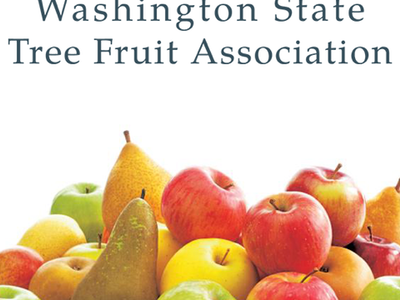Maple Syrup
On a steep hillside beneath a canopy of scarlet leaves, University of Idaho Extension educator Bracken Henderson, Franklin County, searched for the perfect copse of bigtooth maple trees.About 25 yards uphill, his collaborators – Paul Harris, a research technician with Utah State University’s Center for Water-Efficient Landscaping, and USU plant sciences graduate student Jesse Mathews – evaluated trunk circumferences within another grove.
The researchers are in the first year of a project aiming to introduce a new niche agricultural industry to the Intermountain West – locally sourced maple and boxelder syrup.
USU received a three-year, $500,000 grant through the Acer Access and Development Program under USDA’s Agricultural Marketing Service to test the feasibility of commercial syrup production in parts of Idaho, Utah and Wyoming.
From these funds, U of I received a $50,000 sub-award to assist in the effort, focusing on the foothills near Oxford, an isolated farming community of 48 people in southeast Idaho.
On that crisp, early October morning, the trio selected 30 of the largest maples they could find on a sufficient grade and within proximity to one another.
They set up a network of rubber piping connecting the trees to a central vessel at the base of the hill. In the spring, the researchers will tap the trees to collect sap, which Henderson will boil and reduce to make syrup.
They hope to demonstrate to landowners that the profits they stand to make by selling syrup are worth their time and effort.
“Whatever we come up with is better than anyone has done in the state of Idaho,” Henderson assured Harris as they discussed the optimal configuration for their network of tubing.
“Or in the West at all,” Harris added.
Henderson is working with two Oxford agricultural producers who are seeking a new way to diversify their operations and pad profits.













